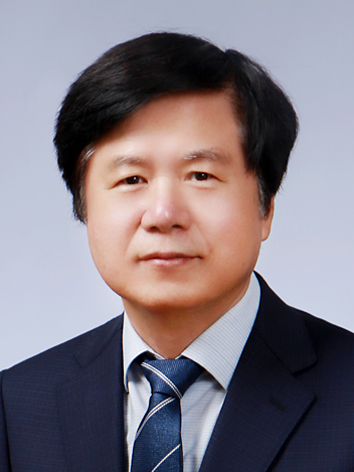News
[Opinion] The Road to G5: Maximizing Commercialization Efficiency Through Industry-Led R&D
Since 2020, South Korea’s science and technology competitiveness has begun to fall behind China, its largest trading partner. The days of guaranteed profitability through that trade relationship are over. Meanwhile, protectionist policies stemming from the U.S. have intensified, and concerns over trade imbalances are growing. There are many analyses and solutions proposed to address these challenges, but here I focus on one critical issue: the gap between research and development (R&D) and commercialization.
South Korea reports R&D success rates of 95–99% and commercialization rates between 20–43%. In contrast, the global scientific community estimates the true success rate of R&D to be closer to 0.1%. Domestically, the technology commercialization rate for universities and research institutes hovers around 4.4%. This discrepancy largely stems from differing definitions and standards. Put simply, “global standards are rigorous, while domestic standards tend to be loose and vague.” Under stricter criteria, Korea’s actual R&D success rate would fall far below 90%, and its commercialization rate may not exceed 4%.
Yet, considering that much domestic R&D follows rather than leads, these relatively high figures may still be understandable. However, despite ranking second globally in R&D expenditure—approximately KRW 120 trillion in 2023, or 5% of GDP—South Korea ranks only eighth in output, according to Nature. The causes cited include limited funding per project, insufficient incentives, and an overly competitive Project-Based System (PBS). Equally problematic is the outdated division between "academia and research institutes focusing on papers and patents" versus "industry handling commercialization"—a dichotomy that fails to reflect the collaborative ecosystem required today.
In many universities and public research institutions, researchers often focus more on securing the next project than on completing the current one to its fullest potential. As a result, research continuity is frequently broken, and past outcomes are rendered ineffective. This fragmentation reduces overall R&D effectiveness and demands reform.
To increase real R&D success rates, we must address inefficient administrative processes and weak institutional frameworks. Project proposals should be simplified—ideally to a tenth of their current complexity—and evaluation methods should emphasize domain-specific expertise within an open framework. Ten generalists cannot match the insight of a single subject-matter expert.
Unless exceptional circumstances dictate otherwise, we should follow the example of the United States by expanding autonomy in budgeting and spending based on the researcher's professional credibility. In applied technology, the R&DB (Research & Development for Business) model exists, but it must be enhanced, actively promoted, and more firmly connected to industry-led initiatives.
Though South Korea lacks abundant natural and financial resources, it has risen to become a G10 economy by investing in talent and industrialization. Going forward, the national R&D agenda must incorporate commercialization as a fundamental objective. By eliminating inefficiencies and doubling the commercialization success rate to 8%, I believe Korea could accelerate its transition into a G5 economy, with a GDP per capita of USD 40,000.
To make this leap, we must build an environment where scientists and engineers are empowered by greater freedom and support. In the era of the Fourth Industrial Revolution—led by artificial intelligence—it is no exaggeration to say that the fate of the nation will hinge on the success of our R&D vanguard.
— By Deok-ho Cho, Executive Director & Head of R&D Center, Sigetronics (dhcho@sigetronics.com)
ETNews, hskim@etnews.com, June 4, 2025



